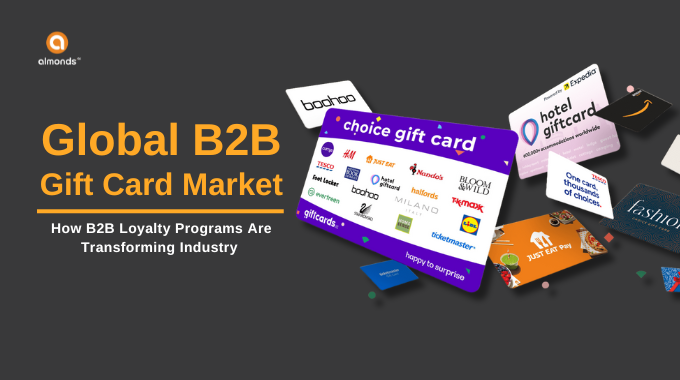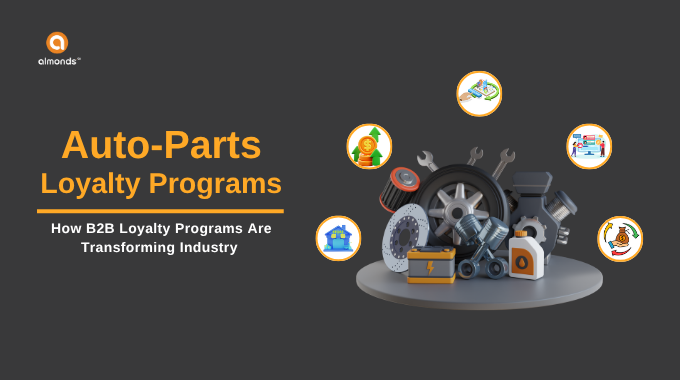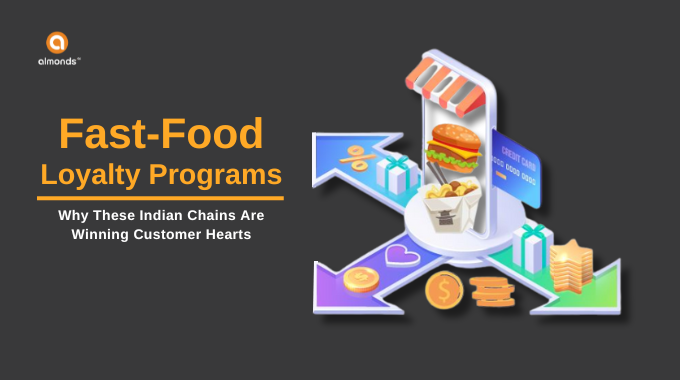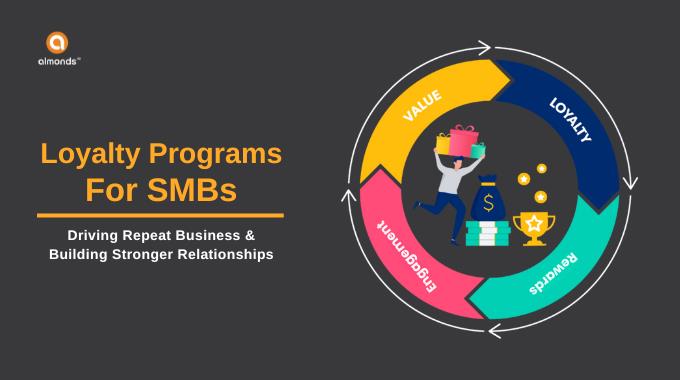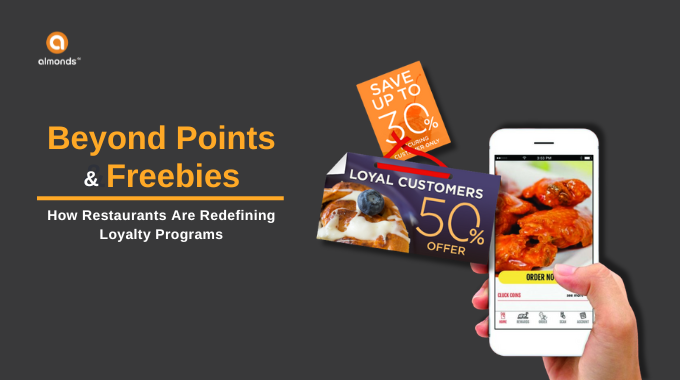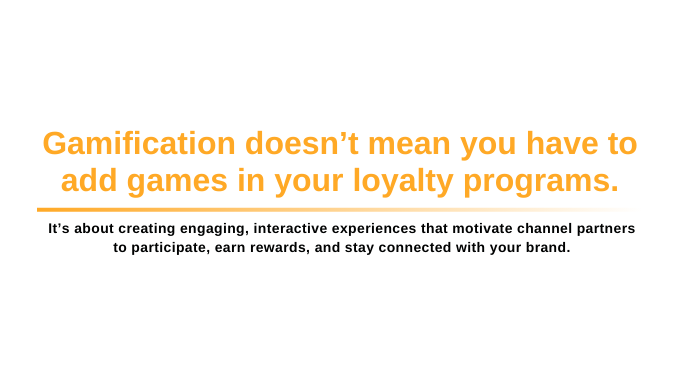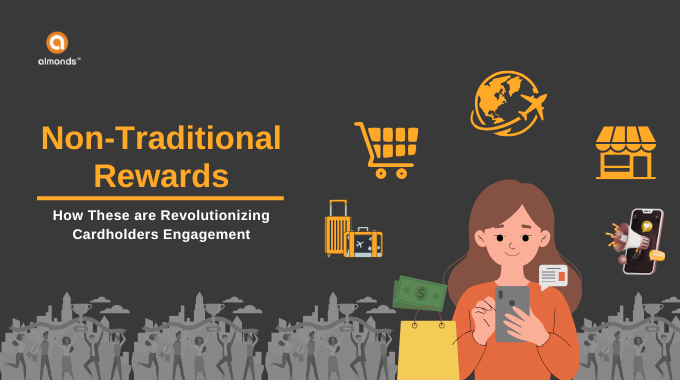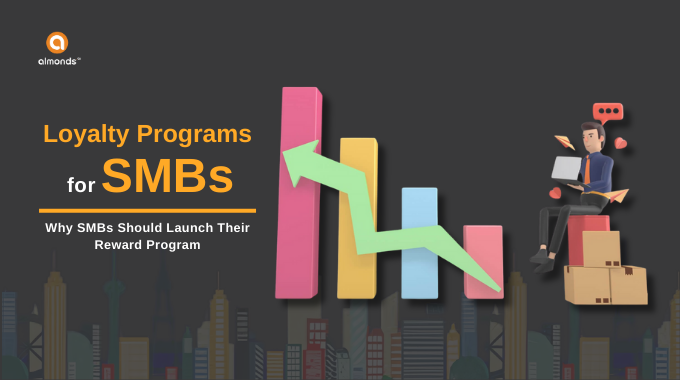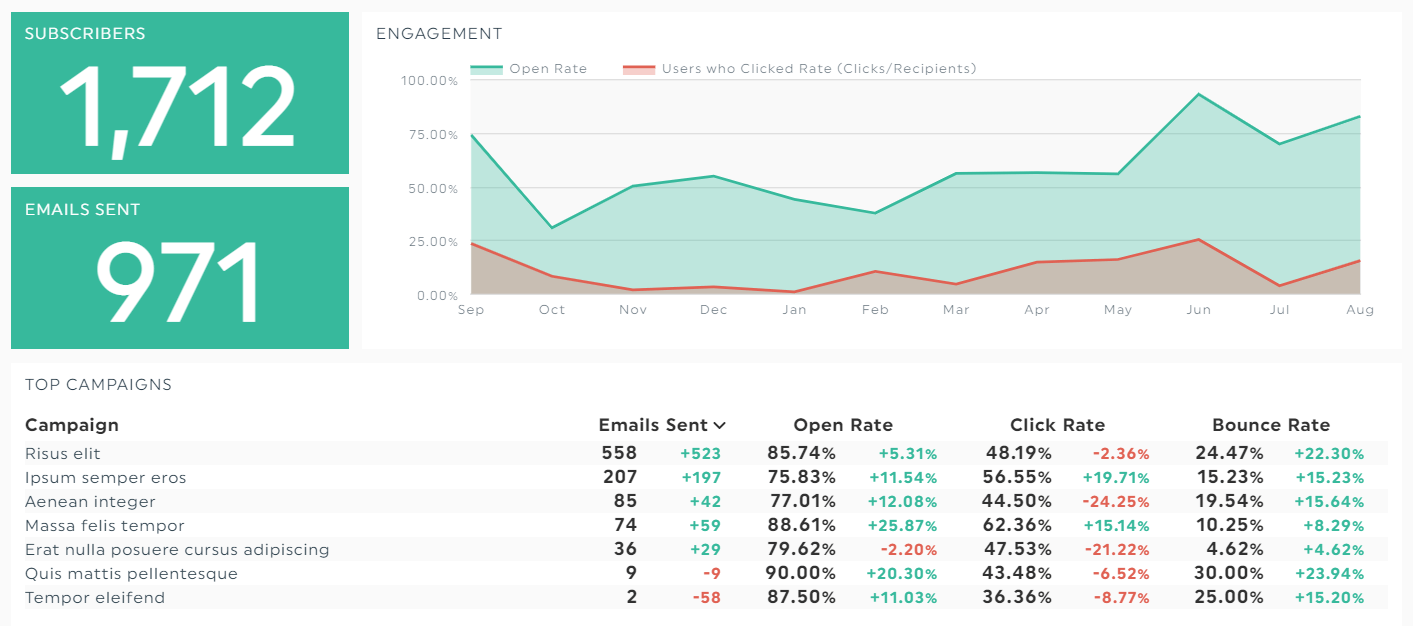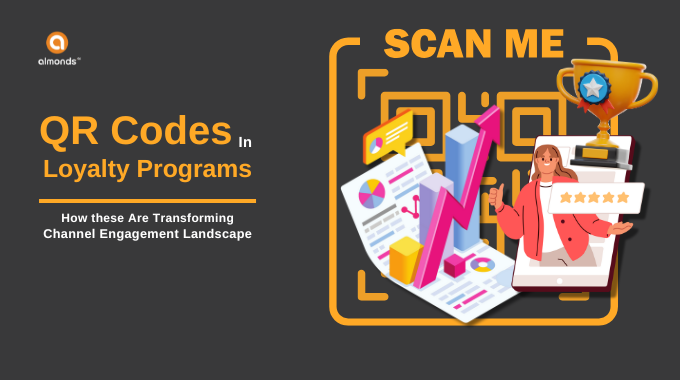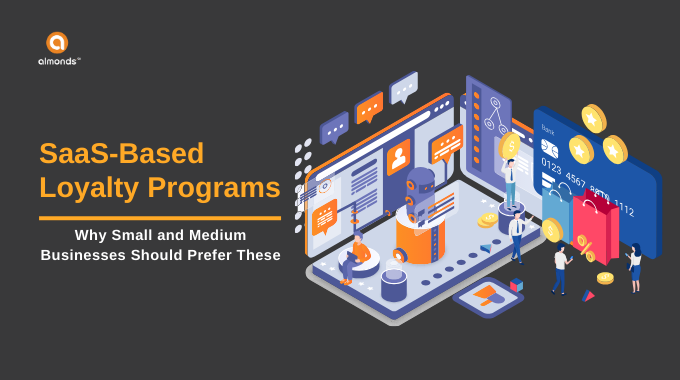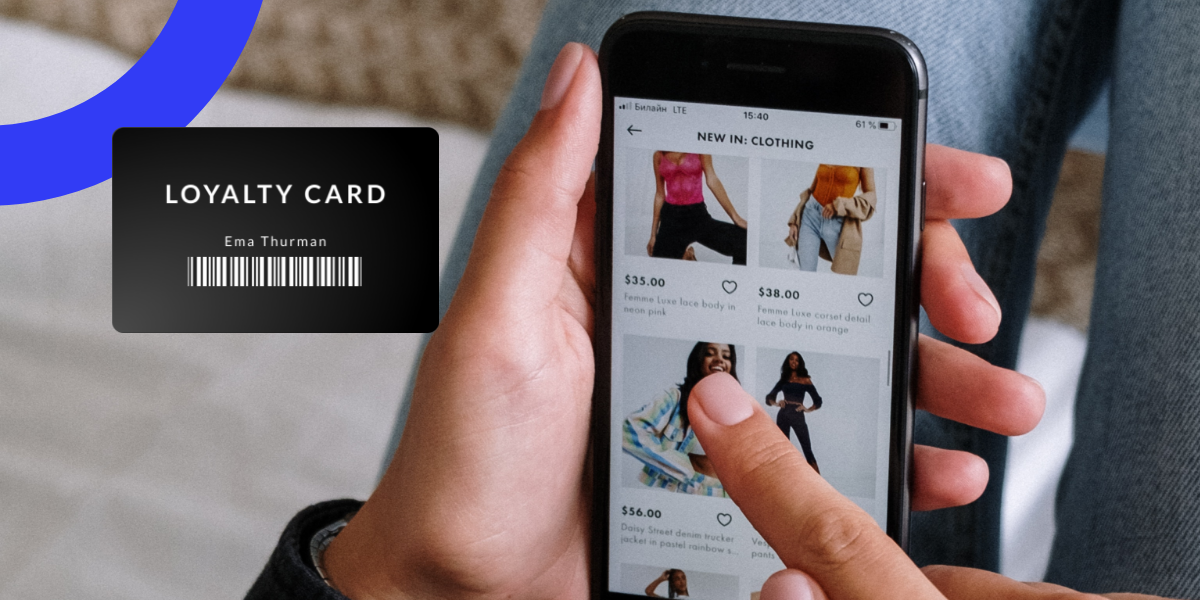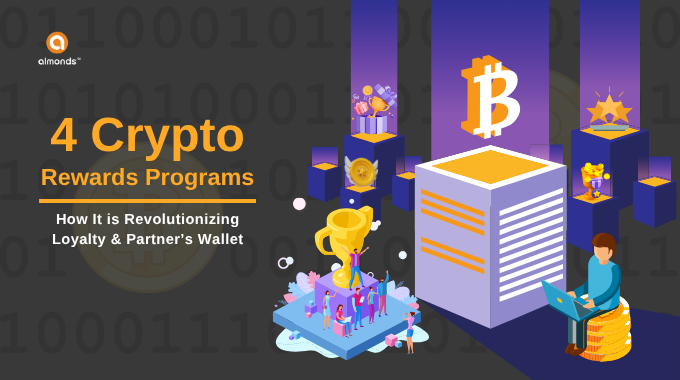The global B2B gift card market is experiencing unprecedented growth. Valued at $315.8 billion in 2024, projections indicate it could nearly double to $629.7 billion by 2031, with a CAGR of 10.4%. This surge is fueled by corporate digital transformation, versatile employee rewards, and evolving customer loyalty strategies.
As organizations adopt digital-first engagement methods, B2B gift cards have become a cornerstone for streamlining transactions, strengthening brand loyalty, and incentivizing employees and partners alike.
Why B2B Gift Cards Are Becoming Essential
B2B gift cards offer more than a reward, they are strategic tools for organizations to:
- Enhance Employee Engagement: Reward performance, recognize achievements, and boost morale.
- Motivate Channel Partners: Encourage distributors, retailers, and resellers to meet business objectives.
- Strengthen Customer Relationships: Incentivize repeat purchases and loyalty across client networks.
Digital solutions provide instant issuance, real-time tracking, and flexibility, making them more efficient than traditional physical rewards.
Key Market Drivers
The global B2B gift card market is experiencing rapid growth, driven by the evolving needs of businesses and their workforce. Companies are seeking innovative ways to reward employees, engage partners, and incentivize performance. The following factors highlight the primary drivers shaping this dynamic market.
1. Digital Transformation
The shift from paper-based and manual reward systems to digital gift cards is transforming corporate incentive strategies. Digital solutions streamline loyalty program management, reduce administrative complexity, and allow businesses to focus on strategic initiatives. By enabling real-time tracking and automated distribution, digital gift cards enhance productivity and ensure that employee and partner incentives are aligned with overarching corporate goals.
2. Globalization of Commerce
As businesses expand across borders, the demand for globally accessible reward solutions increases. Mobile-first payment frameworks and e-commerce platforms are enabling organizations to reach employees, partners, and clients worldwide. Digital B2B gift cards provide consistent and scalable reward mechanisms, ensuring that incentive programs are effective across regions and cultures while maintaining uniformity and control.
3. Flexible and Personalized Incentives
Modern gift card programs are increasingly powered by data and AI analytics, allowing organizations to deliver personalized rewards that resonate with individual preferences and behaviors. Tailored incentives improve engagement, enhance satisfaction, and drive long-term loyalty. Real-time insights from these programs also help managers adjust campaigns, ensuring continuous optimization and measurable impact.
4. Sustainability Trends
Sustainability has become a key consideration for businesses designing reward programs. Digital gift cards reduce the need for physical production, packaging, and transportation, cutting down on waste and carbon emissions. Companies that adopt eco-friendly digital solutions not only minimize their environmental footprint but also enhance their brand image, appealing to employees, partners, and customers who value corporate responsibility.
Market Segmentation Insights
Understanding the B2B gift card market requires analyzing it across multiple dimensions. The following segments illustrate how companies are adopting different types, services, and distribution channels to optimize reward strategies.
1. By Type
Physical gift cards continue to be popular for traditional corporate rewards, gifting events, and offline retail collaborations. Digital gift cards, however, are rapidly gaining traction due to their scalability, immediate delivery, and compatibility with e-commerce platforms. Organizations are increasingly using digital cards to provide employees and partners with flexible and convenient redemption options.
2. By Service
Open-loop cards, typically issued by banks, are accepted across multiple merchants and provide universal usability. Closed-loop cards, on the other hand, are restricted to specific retailers or corporate ecosystems, offering more control over reward usage. Companies often select between open-loop and closed-loop models based on program objectives and desired levels of flexibility.
3. By Channel
Online distribution dominates due to cost efficiency, instant issuance, and global accessibility. Offline channels remain relevant, particularly for traditional gifting or in-person corporate programs, but their share is gradually declining as organizations transition toward scalable, mobile-friendly digital solutions.
Regional Perspectives

Regional Trends
- India: Growing adoption of digital B2B gift cards for employee rewards, channel partner incentives, and corporate gifting.
- China: Rising use of mobile wallets and app-based distribution for B2B rewards.
- Southeast Asia: SMEs and multinational branches increasingly leverage gift cards for loyalty and engagement.
Technological Innovations Shaping the Market
Modern B2B gift card solutions integrate advanced technologies for superior performance:
- AI Recommendations: Deliver tailored rewards aligned with individual behaviors.
- IoT Integration: Seamless redemption across interconnected retail and service environments.
- Mobile-First Platforms: Enable instant issuance, multi-currency support, and wallet integration.
- Blockchain & Tokenization: Increase security, transparency, and traceability in corporate transactions.
- 5G & Cloud Ecosystems: Ensure fast, scalable, and reliable delivery of digital gift cards.
These technologies turn gift cards into dynamic, intelligent tools for engagement.
Benefits for Businesses
- Operational Efficiency: Automates distribution and reward management.
- Cost Optimization: Reduces administrative burden compared to traditional incentives.
- Enhanced Flexibility: Recipients choose rewards that best suit their preferences.
- Scalability: Easily adapts for small businesses or global enterprises.
- Sustainability: Digital solutions minimize environmental impact.
- Data Insights: Provides actionable analytics to optimize programs continuously.
Best Practices for B2B Gift Card Programs
- Personalization: Segment recipients by role, performance, or location. Use AI to deliver tailored rewards.
- Omnichannel Access: Ensure availability through apps, mobile wallets, and offline-compatible tools.
- Instant Rewards & Gamification: Real-time points, vouchers, and interactive challenges enhance engagement.
- Multi-Tier Systems: Recognize top performers with exclusive perks and aspirational rewards.
- Integration with Operations: Align gift card programs with inventory, sales, and CRM systems.
- Ethical and Sustainable Rewards: Offer eco-friendly or socially responsible incentives.
Competitive Landscape
Leading global players dominate the B2B gift card space:
Innovation, AI-driven personalization, and integration with enterprise systems remain key competitive advantages.
Future Outlook
- Sustained Growth: Rising demand for employee and partner engagement fuels market expansion.
- Digital Transformation: AI, mobile, and cloud technologies redefine personalization and convenience.
- Regulatory Support: Policies favoring digital payments accelerate adoption.
- Global Expansion: APAC, India, and Southeast Asia lead adoption in new markets.
- Enhanced User Experience: Advanced analytics, instant issuance, and gamified rewards improve satisfaction and retention.
B2B gift cards are becoming a critical element of corporate reward and loyalty strategies worldwide.
Conclusion
The B2B gift card market is set for exponential growth, driven by digitalization, AI personalization, and global adoption.
From employee rewards and partner incentives to customer loyalty programs, B2B gift cards offer flexibility, scalability, and measurable impact.
Organizations investing in innovative digital solutions will gain a competitive edge, enhance engagement, and foster lasting relationships.
